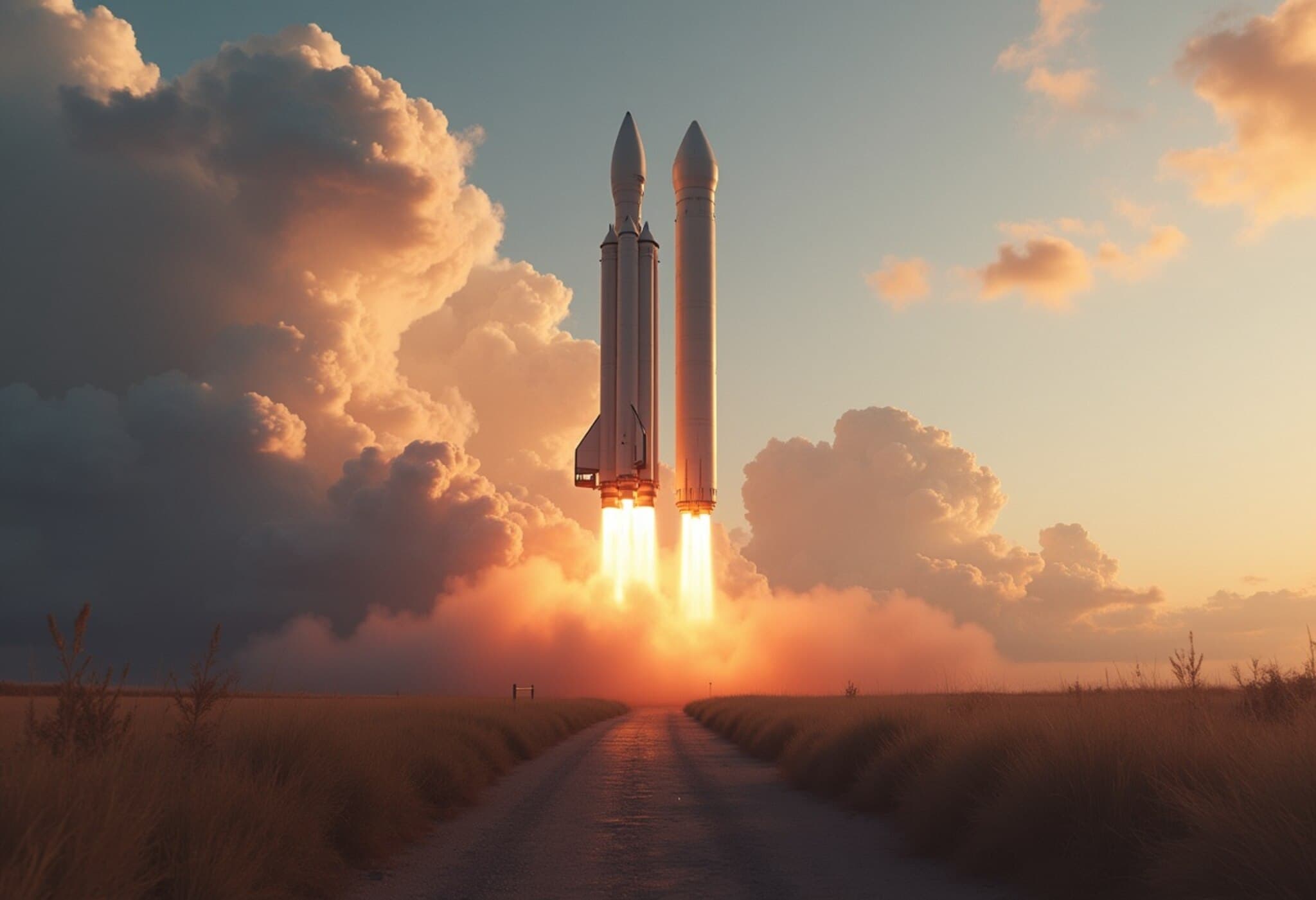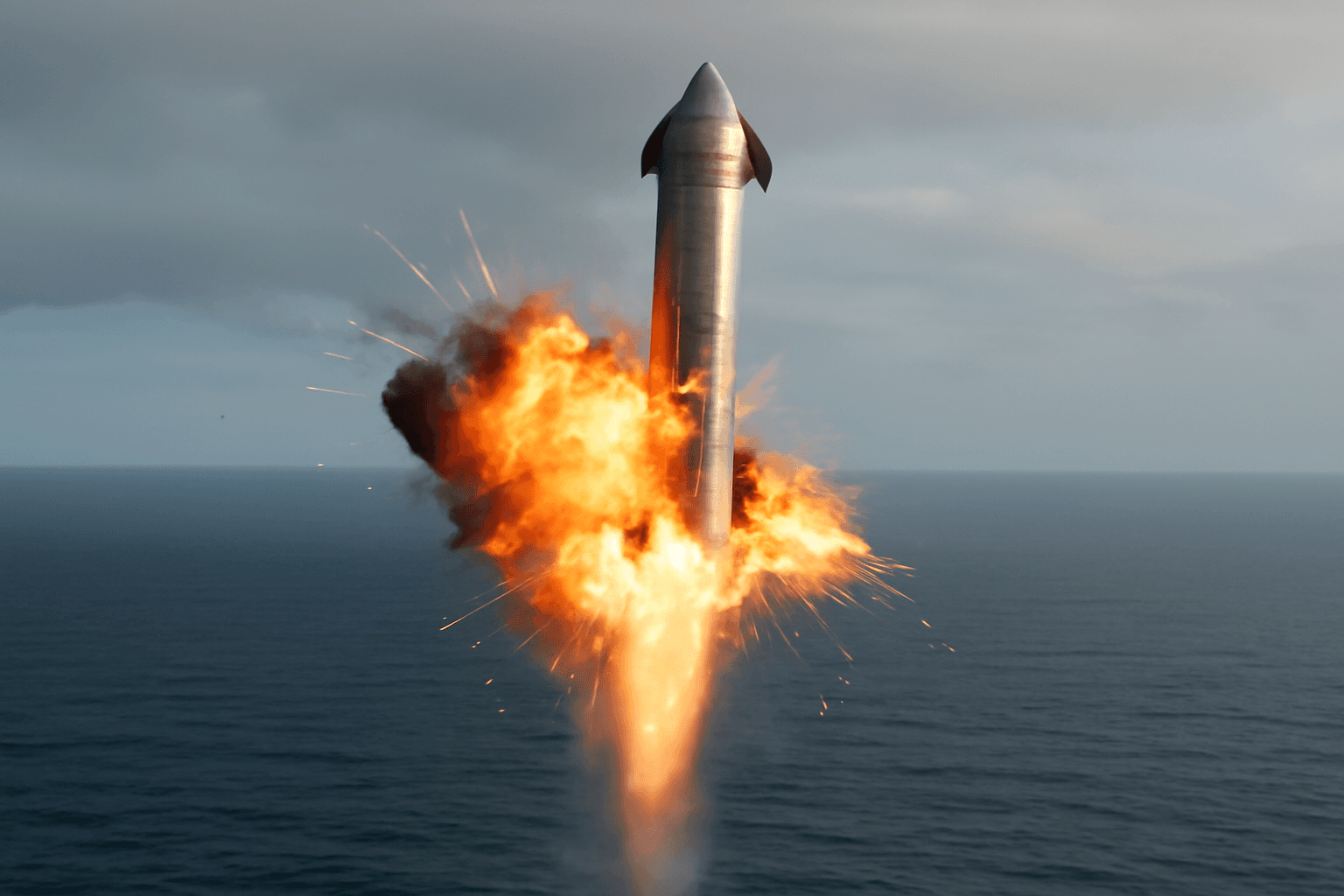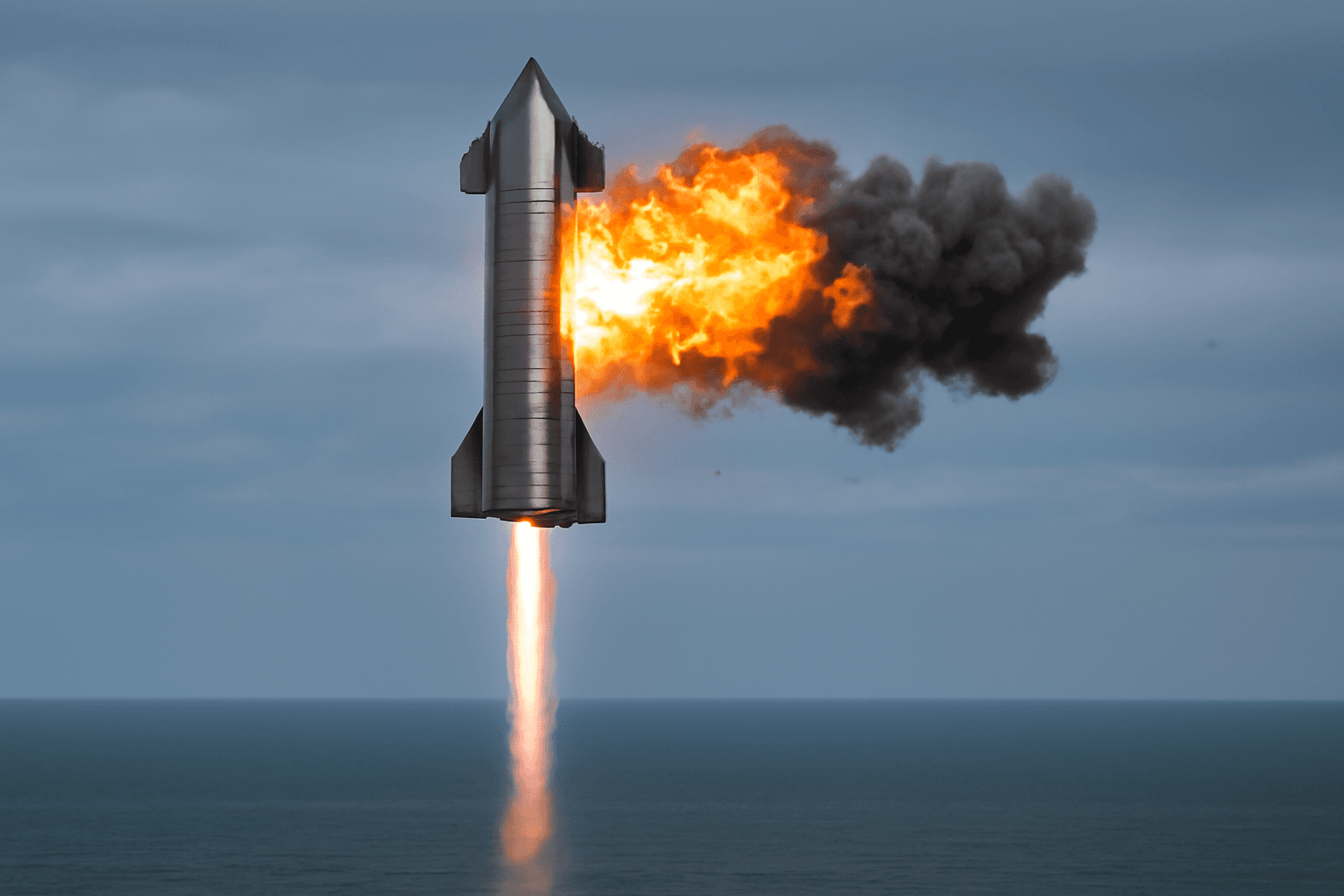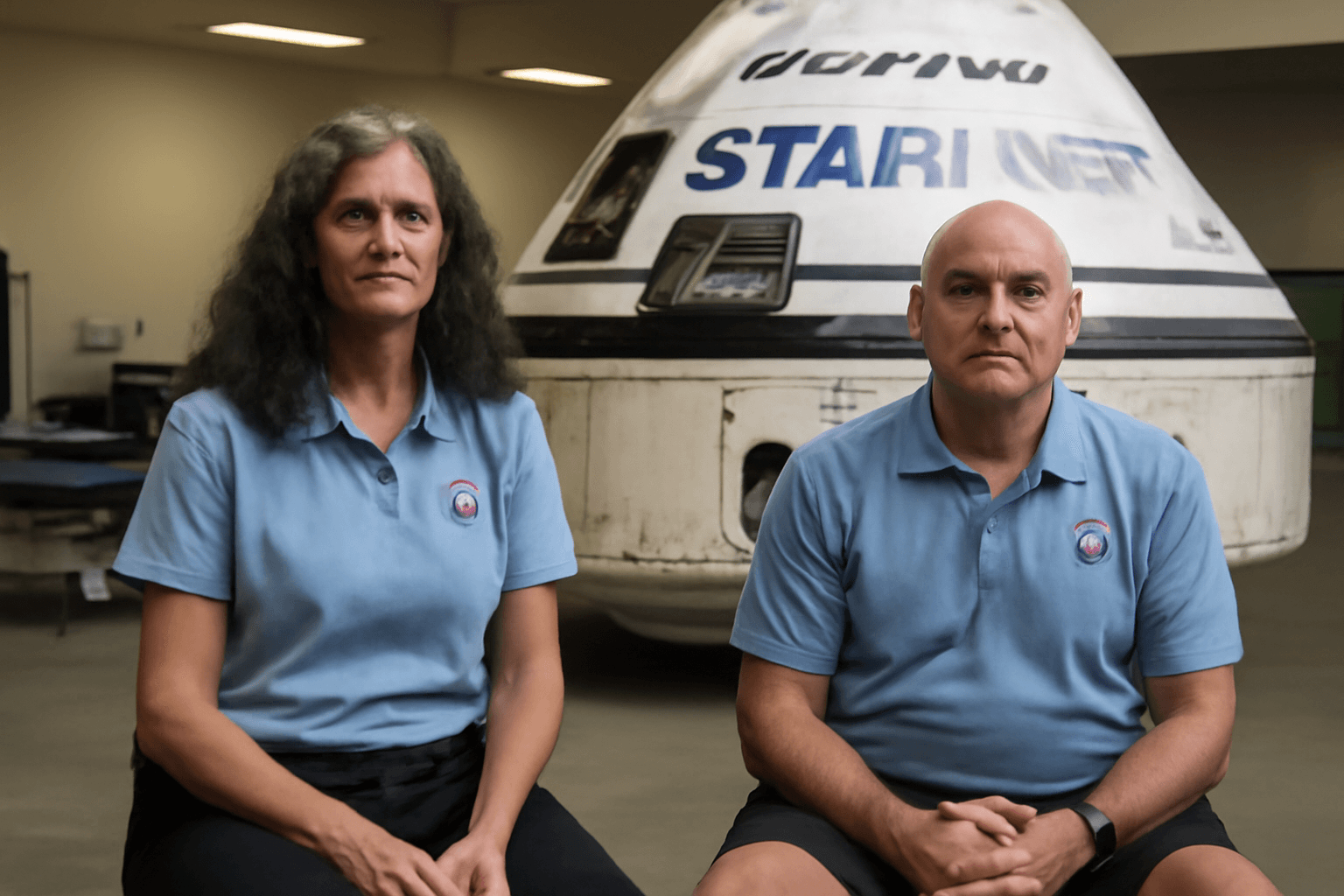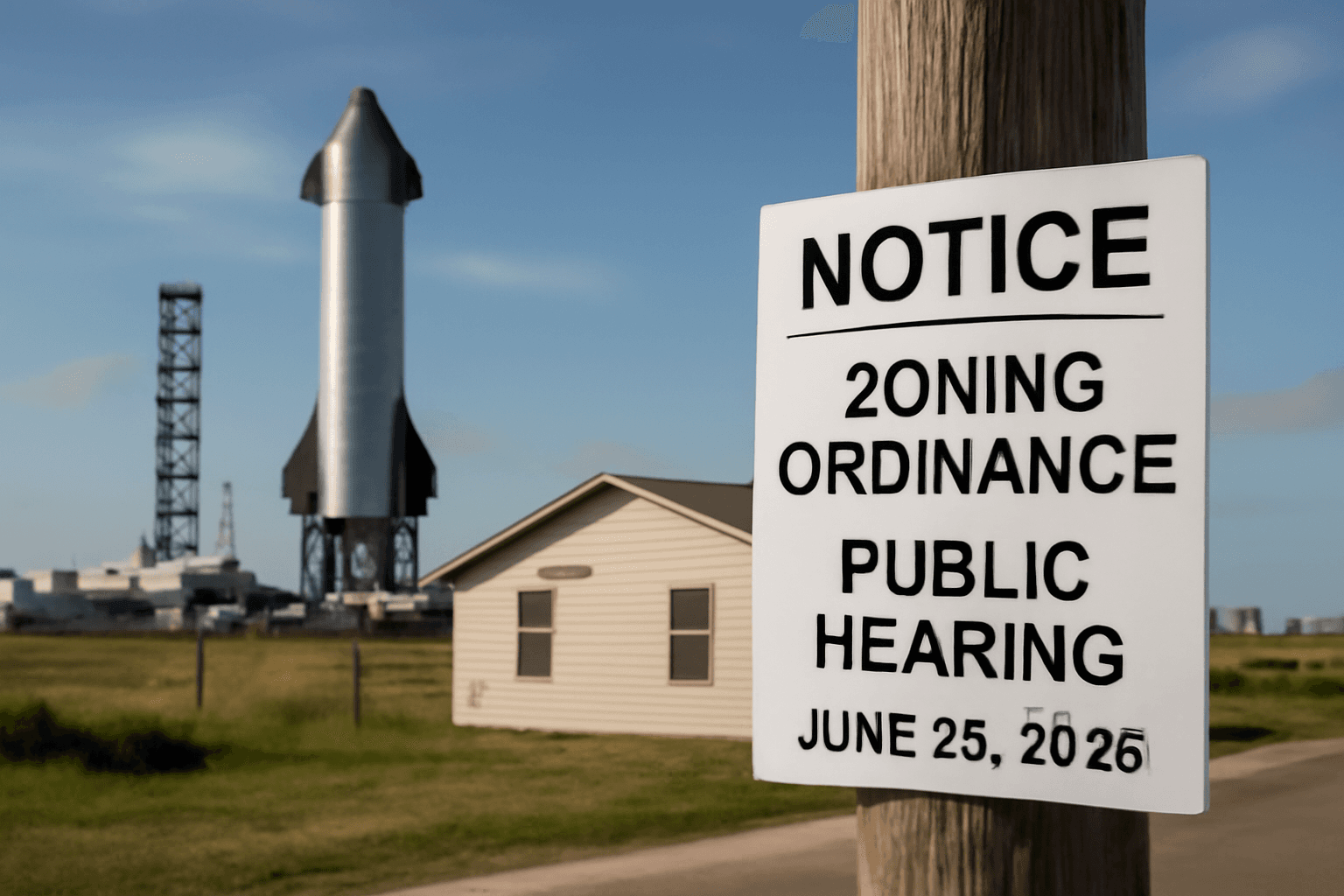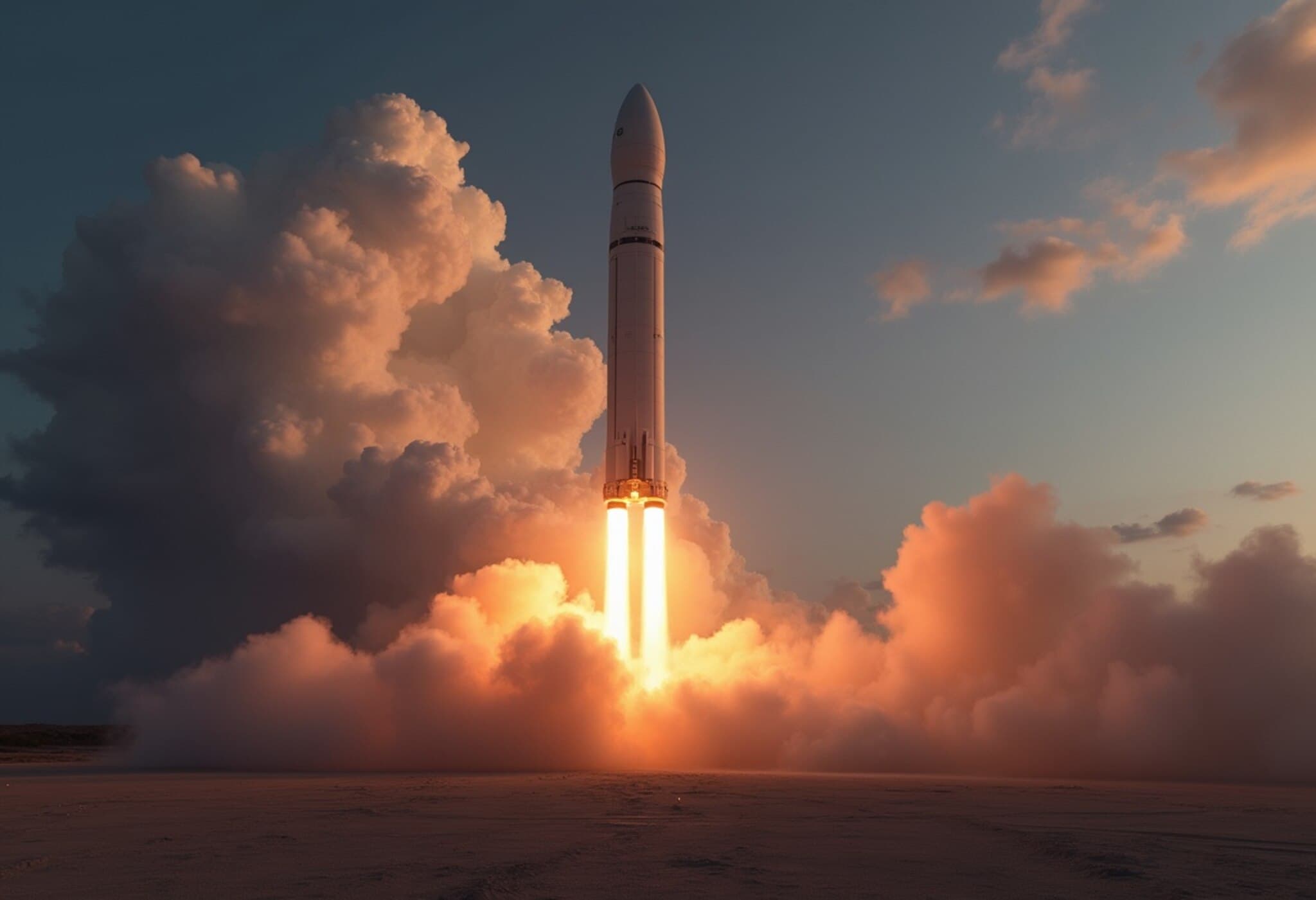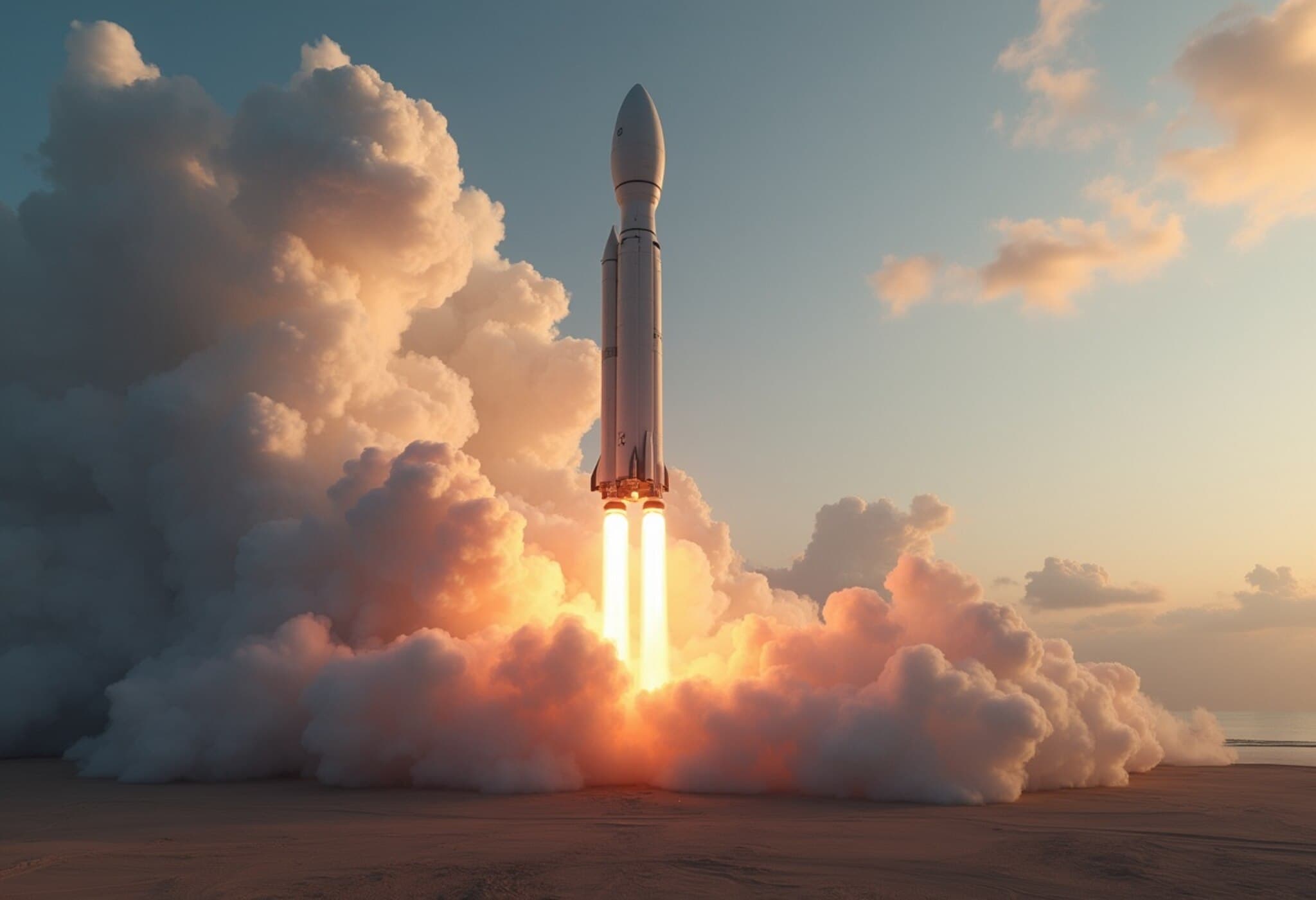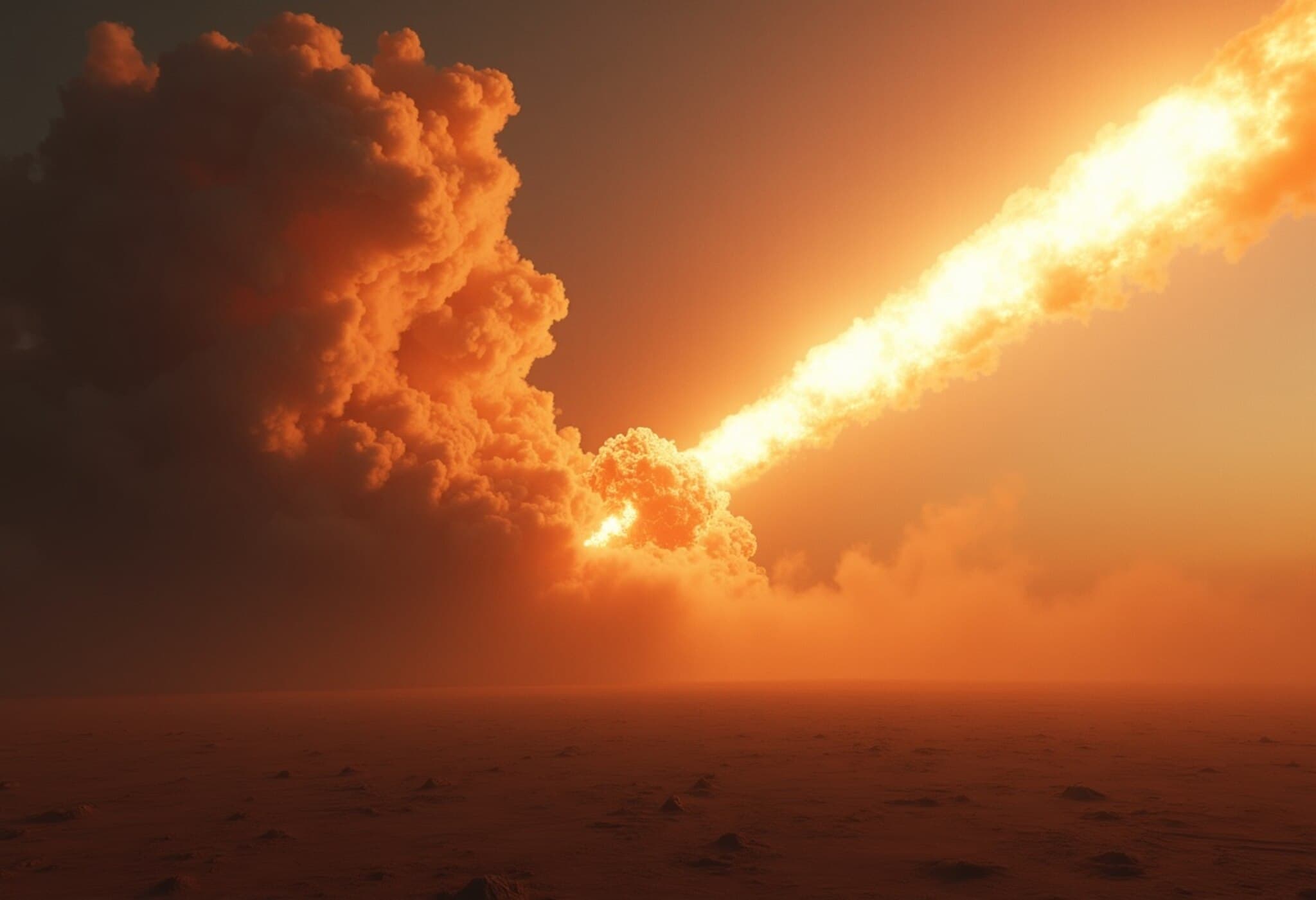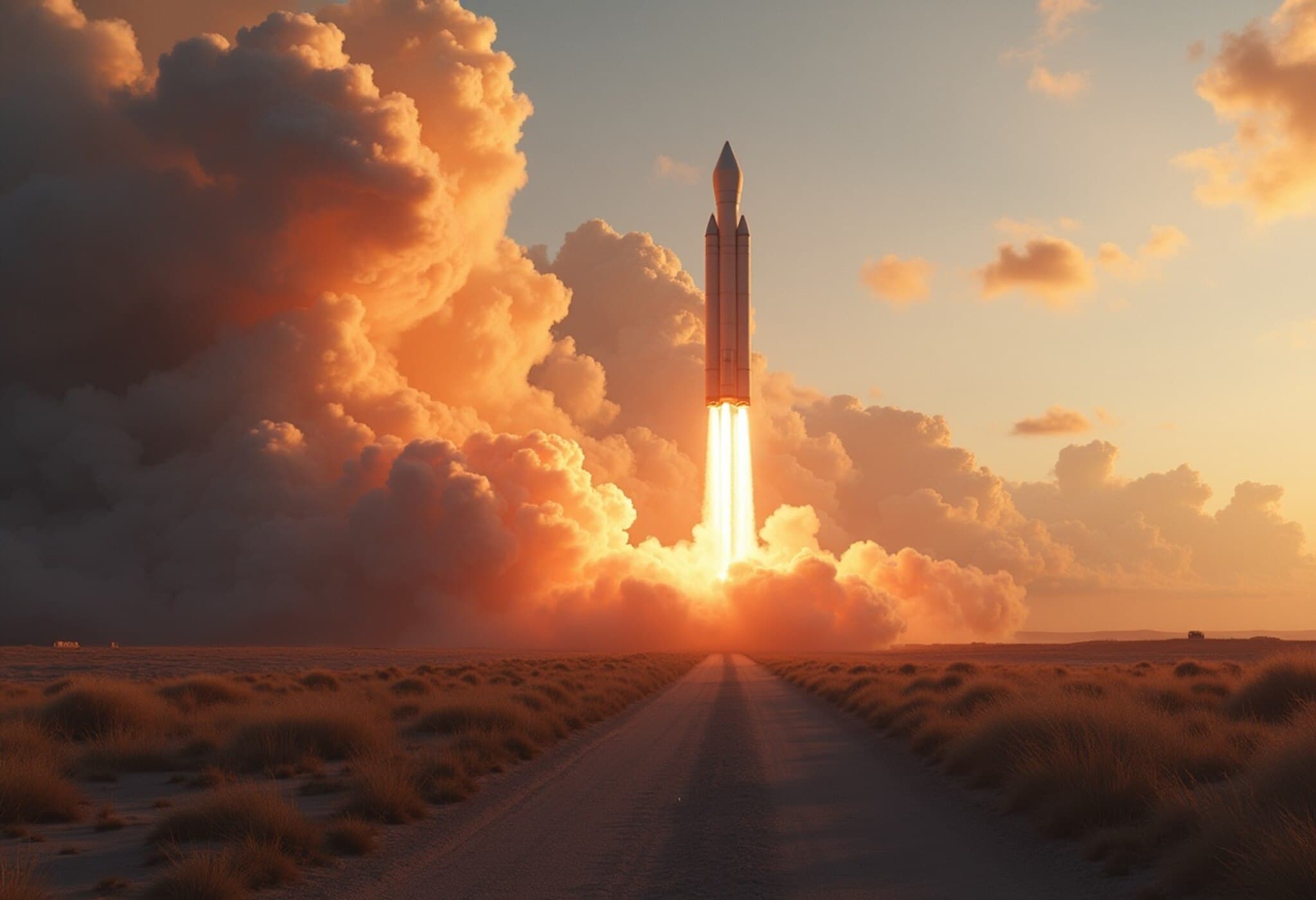SpaceX Postpones Starship Launch Amid Cloudy Skies Over Texas
In a setback reflecting the challenging nature of pioneering spaceflight, Elon Musk's SpaceX paused the highly anticipated 10th launch of its Starship rocket on Monday at its Starbase facility in Texas. The delay stemmed from overcast and unfavorable weather conditions, marking the second postponement within 24 hours after technical issues aborted Sunday's launch attempt.
What Happened at Starbase?
The fully assembled Starship rocket—a formidable 403-foot-tall vehicle combining a 232-foot Super Heavy booster with a 171-foot upper stage—stood ready on the launchpad, brimming with millions of pounds of propellant. Its towering presence, even surpassing New York’s Statue of Liberty in height, captivated observers awaiting liftoff. Yet, as the evening progressed, SpaceX officials made the prudent call to scrub the launch around 8:00 pm EST (0000 GMT), citing persistent cloud cover expected during the launch window.
SpaceX has now rescheduled the flight for Tuesday, with a target of 7:30 pm EST (2130 GMT), hoping for clearer skies and smoother technical conditions.
Recent Challenges and Resilience
The delay follows a liquid oxygen leak that forced Sunday’s launch cancellation and underscores the enormous technical hurdles facing the Starship program. Despite these challenges—including multiple flight failures this year, such as a high-profile June test stand explosion that scattered debris as far as neighboring Mexico—SpaceX continues its relentless iterative approach, leveraging real-world test data from 'test-to-failure' flights to drive rapid design improvements.
Elon Musk remains optimistic about Starship’s future. On the social platform X, he predicted that within six to seven years, Starship may launch over 24 times in a single day, highlighting the company’s vision of an unprecedented launch cadence that could transform space access.
The Bigger Picture: Starship’s Role in Space Exploration
Starship is far more than just a rocket. It is central to Musk's ambitious goal of colonizing Mars and draws intense interest from NASA, which plans to use Starship for a crewed lunar landing mission by 2027 under the Artemis program. Additionally, Starship’s massive payload capacity is critical to scaling up SpaceX's Starlink constellation, enabling deployment of larger satellite batches than previously achievable with Falcon 9 rockets.
In comparison to rivals like Jeff Bezos’ Blue Origin and United Launch Alliance's Vulcan, which have adopted more conservative, ground-test-heavy development strategies, SpaceX embraces in-flight experimentation—even failures—to innovate swiftly. This bold approach accelerates development of key technologies such as Starship’s heat shield and reentry flaps, essential for enabling its fully reusable design.
Testing Flight Profile and Future Prospects
When the launch proceeds, the Starship system will lift off from Texas, separating the upper stage from the booster mid-flight. The booster is expected to return to Earth for a precision water landing, while the Starship upper stage will attempt to deploy dummy Starlink satellites before reentering over the Indian Ocean. This phase will test its thermal protection and aerodynamic control surfaces, critical for future reusability and crewed missions.
This ongoing iterative testing is rewriting the playbook for heavy-lift launch vehicles and may lay the groundwork for humanity’s first interplanetary voyages.
Editor’s Note
The recent launch delays, while disappointing, reflect the inherent complexity of cutting-edge aerospace innovation. SpaceX’s approach—rapid, data-driven, and unafraid of failure—forces us to rethink traditional aerospace timelines and risk tolerance. As Starship inches closer to operational status, the stakes include not only commercial satellite deployment but also humanity’s long-term ambitions on the Moon and Mars. Observers and stakeholders must watch closely: will the sometimes-fragile dream of rapid, reusable spaceflight become a resilient reality?

